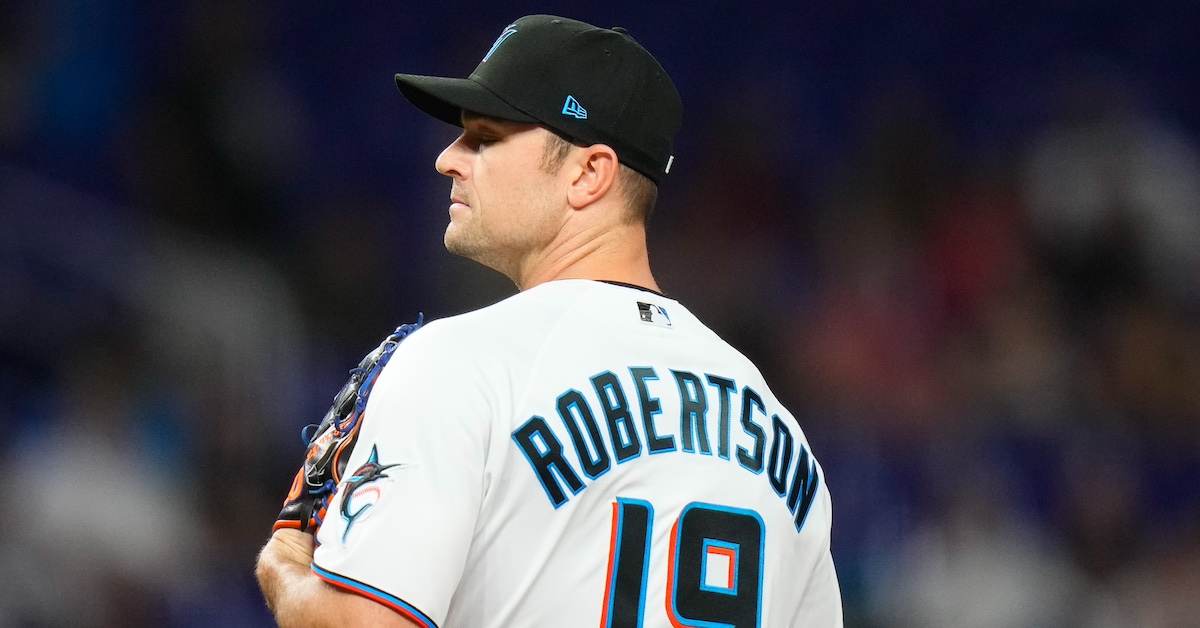First Basemen Need to Change Their Evil Ways, Baby

With the news that Byron Buxton is eyeing up a return to center field, the Minnesota Twins have quite a bit of flexibility at the heavy end of the defensive spectrum. When they need some thump and don’t care much about the defensive consequences, the Twins can choose from a variety of designated hitters, left fielders, and first basemen: Matt Wallner, Alex Kirilloff, Trevor Larnach, and most recently Carlos Santana.
Santana, who will turn 38 just after Opening Day, has been around so long he’s the only reason anyone remembers Casey Blake. By now, you know what he’ll provide: Lots of walks, a little power, and decent defense at first base. Santana’s last season of 2.0 WAR or more was 2019, and after spending 10 of his first 11 seasons in Cleveland, he’s bounced around quite a bit; this is his fifth team since the start of the 2022 season. Read the rest of this entry »








